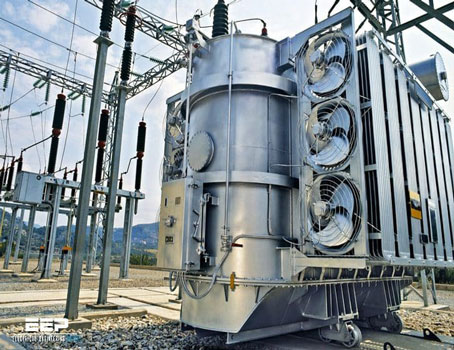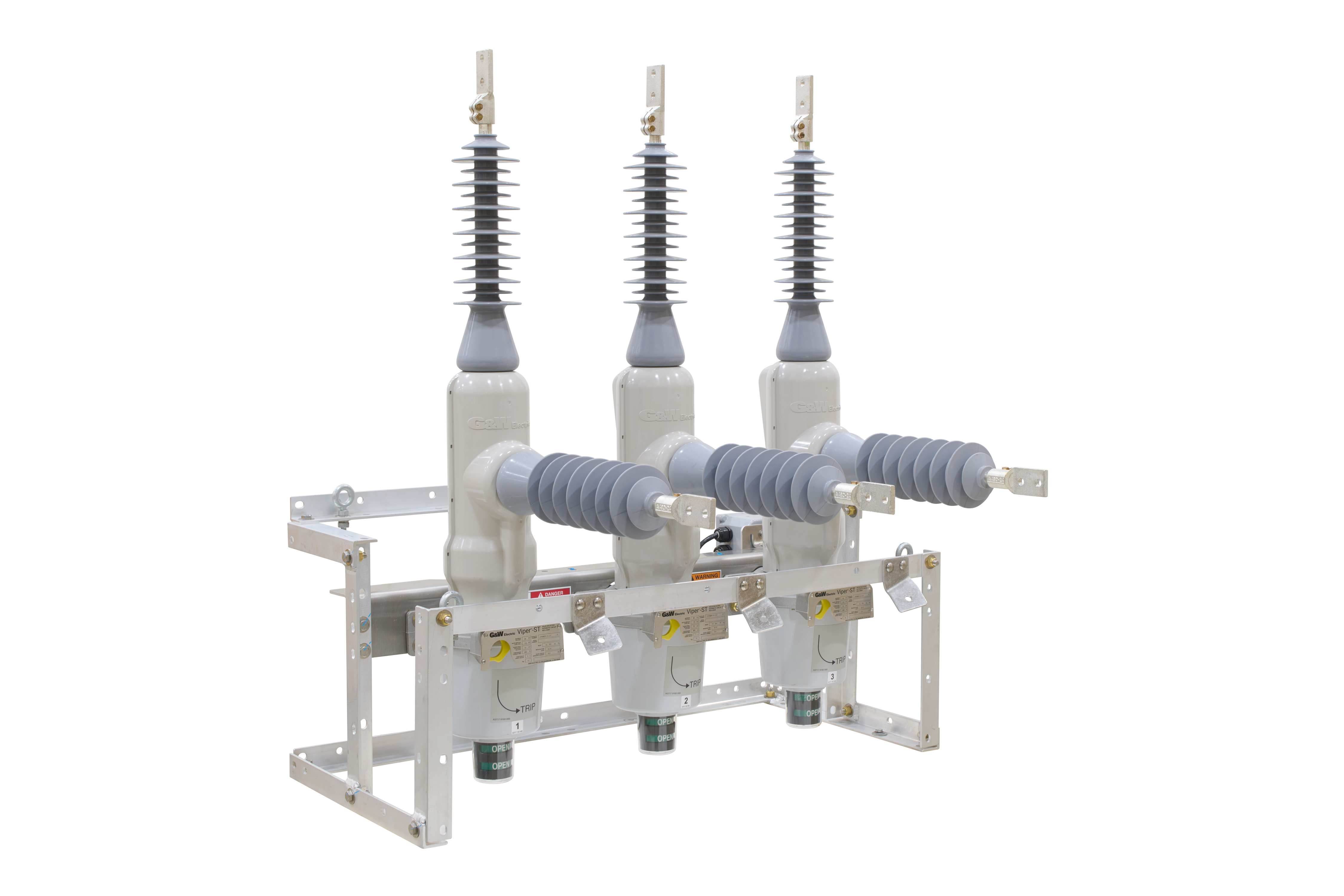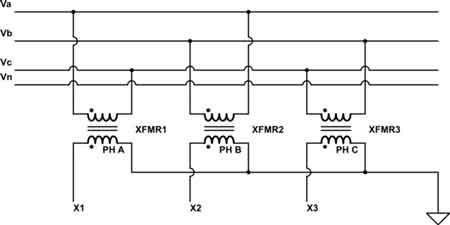CSA Z460 - Control of Hazardous Energy
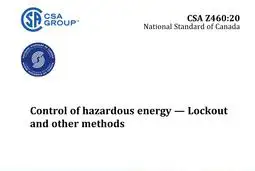
CSA Z462 Arc Flash Training - Electrical Safety Essentials
Our customized live online or in‑person group training can be delivered to your staff at your location.

- Live Online
- 6 hours Instructor-led
- Group Training Available
Download Our OSHA 3875 Fact Sheet – Electrical PPE for Power Industry Workers
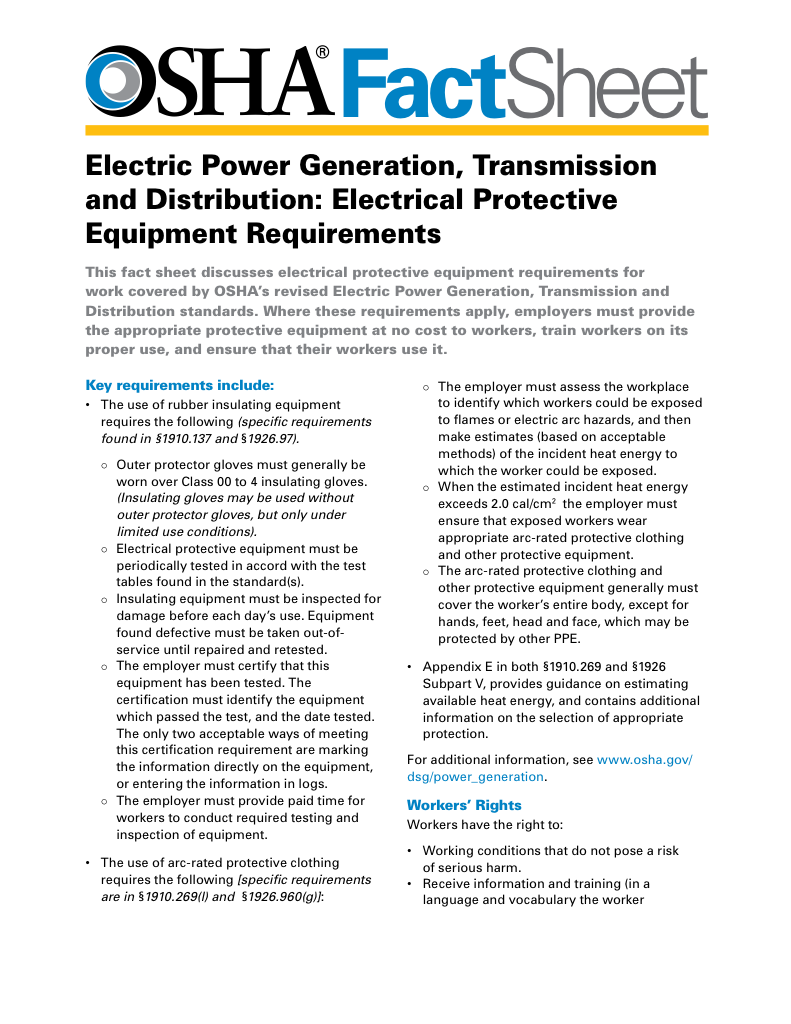
- Follow rules for rubber gloves, arc-rated PPE, and inspection procedures
- Learn employer obligations for testing, certification, and training
- Protect workers from arc flash and electrical shock injuries
CSA Z460 lockout tagout standard for hazardous energy control outlines LOTO procedures, equipment isolation, verification, and training requirements to improve safety, compliance, and maintenance across industrial operations and workplaces.
What Is CSA Z460?
CSA Z460 is the Canadian lockout/tagout standard for energy control, defining LOTO procedures, isolation, verification, and training.
✅ Defines lockout/tagout procedures and responsibilities
✅ Requires energy isolation, verification, and documentation
✅ Aligns with OSHA 1910.147; aids compliance and audits
CSA Z460 Control of Hazardous Energy – Lockout and other Methods is a standard that establishes the requirements for controlling potentially hazardous energy associated with machines or equipment when performing installation, maintenance, or repair operations. When left uncontrolled, these various forms of energy can cause serious injury or fatality. The objectives of this standard are to comply with applicable regulations, establish methods to achieve a zero-energy state, and prevent inadvertent operation or energization of equipment or processes to protect workers. For a broad overview of program elements, see lockout tagout fundamentals to reinforce core concepts.
Actually, CSA Z460 is a companion standard to the following standards:
- CSA Z462 Workplace Electrical Safety
- CSA Z463 Maintenance of Electrical Systems
- 2012 Canadian Electrical Code, Part I
All four companion standards are designed to help Canadian companies to design and maintain a safer and more effective electrical safety workplace. Organizations with cross-border operations should also review OSHA's lockout/tagout standard for alignment considerations.
Visit Our Lockout Tagout Training Page
https://electricityforum.com/electrical-training/lockout-tagout-training
Understanding jurisdictional obligations is easier when you consult lockout tagout requirements summarized for Canadian and U.S. contexts.
The most recent edition of CSA Z460 was published in August 2020. The following article outlines the various aspects of lockout tagout that are important for electrical workers and supervisors to understand. If you are new to the topic, this primer on what lockout tagout is can help frame the discussion.
FREE EF Electrical Training Catalog
Download our FREE Electrical Training Catalog and explore a full range of expert-led electrical training courses.

- Live online and in-person courses available
- Real-time instruction with Q&A from industry experts
- Flexible scheduling for your convenience
CSA Z460-20 contains important additions to the previous edition. The following points deal with important changes, the most important of which are in the standard's annexes.
7.3.2.3 Hazardous energy control procedures
The previous term “lockout sheet” has been replaced by the term “energy control procedure” or “lockout procedure” in CSA Z460-20. Clear, stepwise instructions are illustrated in this overview of a lockout tagout procedure that complements program-specific documents.
7.3.9 Remote locations
By way of clarification of what is considered to be a remote location, it is specified that each organization should establish what it considers to be a remote location with as an example “a work area away from a control center.” These can be pipeline networks, who pumping stations are far apart from each other; or gas and electricity distribution networks.
Annex D: Templates for lockout program and policy, general lockout procedure (individual) and approved energy control procedure
The formatting of this section has changed but the content remains the same except for the addition of an individual lockout process flowchart that details all the steps from task assignment to completion, including the affixing of a supervisory padlock in case of postponement of work.
Annex E: Lockout signs, flow diagrams and nomenclature standards (formerly, Annex E: Lockout sheets)
The main addition to Annex E is part E.1 which is an example of a nomenclature standard. This part can be very useful for organizations that want to set up a new identification of cut-off points which should all have a unique identifier easily visible in place.
Annex F: Group lockout procedure template
This is the old Annex G from the previous version, with some modifications (formatting, images, etc). In particular, two flowcharts are added: a flowchart of the individual lockout process and a flowchart of the group lockout process. Teams can validate their workflow against recognized lockout tagout steps to ensure consistency across shifts.
Annex I: Advice on construction sites
This new annex has been added to the 2020 edition of the standard. Construction sites are the scene of many more or less complex activities carried out simultaneously by many companies.
Annex M: Information on mobile equipment and machinery
Section M.4 is an addition to the 2020 version. It emphasizes the following 4 points concerning vehicles with internal combustion engines.
Annex N: Control method for other energy systems
This new annex aims to identify the risks and measures to be taken specific to energy systems such as wind turbines and solar panels. These are two examples of the application of the concept of energy control in the environment around the intervention area.
Annex S: Example of the decision-making process for other control methods
This new annex notably contains a table with many examples of tasks compared to the selection criteria to figure out whether these tasks can be performed using a method other than lockout. When determining alternative methods, compare CSA guidance with OSHA 1910.147 requirements to maintain equivalency where applicable.
Appendix T: Consideration of human performance factors
Behind the notion of human performance is the notion of human errors or of human factors in the occurrence of incidents or accidents.
Important Loutout Terms
Authorized individual
A person who is qualified to engage in hazardous energy control because of knowledge, training, and experience. Authorized individuals are assigned to engage in such control by a supervisor.
Sign Up for Electricity Forum’s Arc Flash Newsletter
Stay informed with our FREE Arc Flash Newsletter — get the latest news, breakthrough technologies, and expert insights, delivered straight to your inbox.
Blank out
An action taken using a device called a “blank”, to prevent the possibility of hazardous materials or energy from flowing in a piped system.
Block out
This refers to using a device to “block” the movement of equipment/machinery when there is a possibility of the release of stored energy (e.g. hydraulic, pneumatic, gravitational, etc.).
De-energized
Disconnected from all energy sources and does not contain residual or stored energy.
Energized
Connected to an energy supply or containing residual or stored energy.
Energy isolating device
A mechanical device that prevents the transmission or release of energy, including but not limited to: a manually operated electrical circuit breaker; a disconnect switch; a manually operated switch by which the conductors of a circuit can be disconnected from all ungrounded supply conductors; a line valve; a block; and other devices used to block or isolate energy. Push-button selector switches and other control-type devices are not energy-isolating devices.
Hazardous energy
Any electrical, mechanical, hydraulic, pneumatic, chemical, radiation, thermal, compressed air, stored energy, or potential energy from suspended parts (gravity) or other energy that can cause harm.
Lockout
The placement of a lockout device on an energy-isolating device in accordance with an established procedure to ensure that the energy-isolating device and equipment being controlled cannot be operated until the lockout is removed. Lockout is a procedure that prevents the release of hazardous energy. It often involves workers using a padlock to keep a switch in the “off” position, or to isolate the energy of moving parts. This prevents electric shock, sudden movement of components, chemical combustion, falling counterweights, and other actions that can endanger lives. Lockout is a physical way to ensure that the energy source is deenergized, deactivated, or otherwise inoperable.
Lockout device
A mechanical means of locking that uses an individually keyed lock to secure an energy-isolating device in a position preventing energization of a machine, equipment, or process.
Operator
A person responsible for operating a machine, equipment, or process (including operation during maintenance.
Primary authorized individual
A person assigned as the lead to apply and coordinate removal of the lockout of equipment, machinery, or processes on which work will be performed.
Risk
The chance or probability that a person will be harmed or experience an adverse health effect if exposed to a hazard. Risk may also apply to situations where there is
loss of property equipment, or harmful effects on the environment.
Risk assessment
A comprehensive evaluation of the likelihood and degree of possible injury or damage to health in a hazardous situation, undertaken to select appropriate
safeguards.
Risk control
The elimination or reduction of risk associated with a hazard.
Risk reduction
The actions taken to lessen the likelihood or severity of harm.
Supervisor
A person who has charge of a workplace or authority over a worker. In general, "charge of a workplace" refers to broad control over the planning of work and how it is carried out, while "authority over a worker" can be seen as a more specific power to ensure a worker's compliance with directions.
Tag out
A warning tag attached to equipment or machinery warning employees of an existing or potential hazard. The tag includes the name of the person who applied for the tag. Tagging tells others that the device is locked out, who has locked it out, and why. Tagged devices and systems must not be re-energized without the authority of those named on the tag.
Zero-energy state
An energy level that is not harmful to any individual. Note – methods to achieve a zero-energy state include de-energization of electrical sources and discharging of capacitive and inductive elements (absence of voltage and current), release of mechanical energy by blocking (kinetic or potential) and dissipating thermal or chemical energy.





